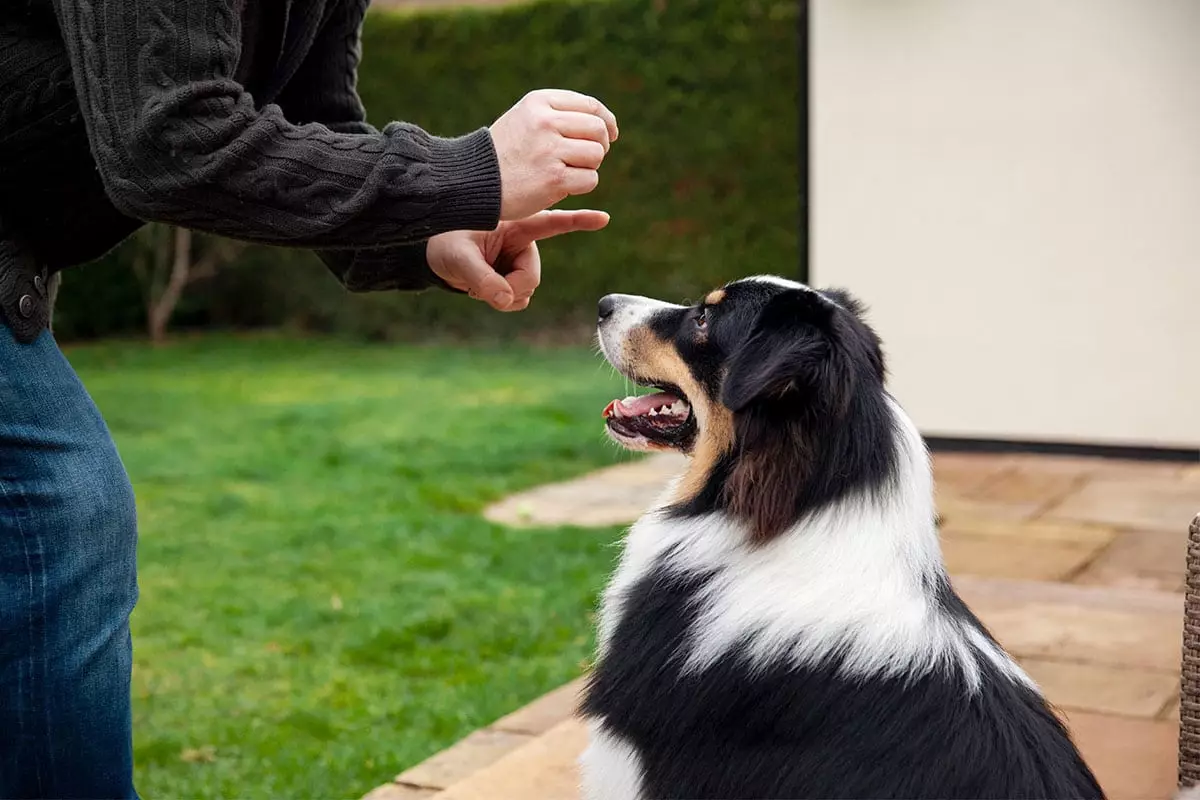When considering a new furry friend, many dog enthusiasts prioritize appearance, temperament, or energy levels. However, intelligence emerges as a critical factor that profoundly influences the quality of life shared between dogs and humans. Dogs with exceptional mental acuity do more than just perform tricks—they forge deeper bonds, enhance training sessions, and transform everyday routines into exciting adventures. In my experience, their sharp minds not only make learning easier but also enrich the relationship through shared accomplishments and mutual respect.
Smart breeds often showcase an innate enthusiasm for problem-solving, turning what might be mundane obedience drills into stimulating challenges. Their eagerness to learn and connect often translates into quick mastery of commands, which can be both awe-inspiring and deeply rewarding for owners. Yet, while the appeal of a clever dog is undeniable, it also demands responsible training and a commitment to mental stimulation. These breeds craves engagement that go beyond simple commands, seeking complex tasks that challenge their cognitive limits and keep their minds sharply engaged.
The Elite Minds of Working and Toy Dogs
Certain breeds stand out for their extraordinary intelligence, each bringing unique qualities to the training arena. Border Collies, renowned for their exceptional problem-solving skills and swift learning, seem to thrive on challenges that push their mental and physical limits. Their keen ability to process cues and execute commands with impressive speed elevates training from routine to a form of art. It’s not just about obedience; it’s about mutual trust and understanding, which these dogs embody effortlessly.
Poodles, often celebrated for their elegance, conceal a brilliant intellect beneath their refined exterior. Standard and toy varieties are equally capable of mastering complex routines and agility tasks. Their flexibility in adapting to new challenges makes them perfect companions for innovative training methods, turning simple routines into charming performances that showcase both their smarts and personalities.
German Shepherds and Belgian Malinois exemplify the intelligence required for active, purpose-driven roles. Their ability to understand not just commands but contextual cues makes them exceptional working dogs. Their dedication to learning and adaptation transforms training into a partnership based on purpose and support. These breeds thrive on structured activities, which they interpret as a chance to excel and bond deeply with their handlers.
Conversely, compact breeds like Papillons and Miniature Schnauzers exhibit a surprising level of cognitive agility. Though small in size, their capacity for high-energy routines, tricks, and quick adaptations boggles the mind. These little dynamos demonstrate that intelligence isn’t solely about size but about zest and the ability to thrive on mental stimulation, making them delightful companions for owners who appreciate sass and cleverness packaged in a tiny frame.
The Challenge of Training the Brightest
Intelligent dogs don’t just learn faster—they often require more than simple repetition. Their minds are constantly seeking novel stimuli, making routine training boring or frustrating if not properly managed. For owners, this means that patience, creativity, and consistency are paramount when working with these breeds. It’s a common misconception that a quick learner naturally simplifies training; in reality, it demands an owner’s dedication to maintaining mental engagement to prevent boredom and destructive tendencies.
Breeds like Rottweilers and Australian Cattle Dogs exemplify this reality. Their intelligence and strength aren’t just physical—they’re mental as well. These breeds function best when their mental energies are harnessed through structured routines and creative challenges. Otherwise, their sharp minds can turn to mischief. When properly guided, their capacity for learning complex commands and tricks becomes not just a tool but an integral part of their identity, further cementing a loyal and deeply connected relationship.
Moreover, intelligent breeds tend to be more perceptive of their environment and the emotions of their owners. This heightened awareness demands responsible handling; a misstep in training can lead to frustration, but consistent positive reinforcement creates a resilient bond. These dogs quickly discern whether their efforts are appreciated and tend to mirror their owners’ enthusiasm, making training a rewarding experience for both parties.
The Deep Emotional Connection Through Learning
The charm of intelligent dogs lies not just in their ability to perform but in their genuine desire to communicate and connect. Every trick mastered or new command learned isn’t merely a display of mental agility but a gesture of affection and trust. These dogs often view training sessions as a form of play, an opportunity for shared connection rather than mere obedience.
Their responses reflect a unique emotional intelligence—they thrive on praise, thrive on challenge, and often prefer mental activity over passive relaxation. This makes training sessions lively, affectionate, and full of joy. Their eagerness to please turns every command into a heartfelt mutual effort, forming a bond that surpasses the typical dog-human relationship.
In my opinion, owning a highly intelligent dog is less about managing a pet and more about embracing a partnership. These dogs challenge their owners to be more creative, patient, and attentive. The reward? A lifelong companionship rooted in mutual respect, admiration, and a shared love for learning. Their sharp minds make everyday interactions more engaging, transforming ordinary routines into extraordinary moments of connection and delight.

